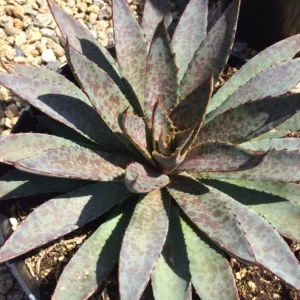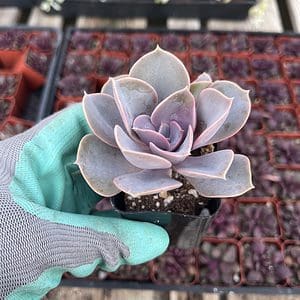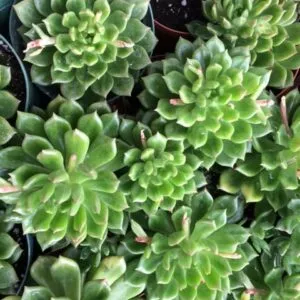No products in the cart.
Table of Contents
Okay, the Monstera pinnatipartita (what a tongue-tie) is a rare plant not seen in many homes. Still, it has gorgeous leaves and provides extraordinary powers of mutation.
Suppose you have the juvenile form; count yourself lucky as it matures. It looks different. Still, please do not get confused that it is a split-leaf Philodendron.
While the two are related, they are not the same and have several differences. So, get ready to grow Monstera pinnatipartita to see how this indoor plant changes in front of your eyes.
Monstera Pinnatipartita is Not The Split Leaf Philodendron
The Monstera pinnatipartita is native to Colombia, but some species you find in Peru to other parts of South America. Your houseplant is a climbing vine that can be an epiphyte or a hemiepiphyte—yes, confusing, right?
The plant has a stem at the base with a central axis with the primary support divided into nodes and internodes. These nodes produce a leaf with a petiole. The roots anchor the plant on a tree or in the ground.
As an epiphyte, the plant’s aerial roots cling to a tree to grow. So now, you can see why you have a rare plant as it can grow in the ground and grow on a tree.
Great, getting back to you earlier about being called a Philodendron silver queen sold online. The fact is that your indoor plant produces unisexual flowers (male and female) in a single flower.
While the Philodendron produces bisexual flowers with male and female buds growing separately, the fascinating thing is the foliage is more fenestrated and pinnated as it matures.
The Monstera pinnatipartita can also grow as an outdoor plant, and when it blooms, it appears monocot consisting of a spadix and spathe. It has a waxy texture known in the arum family.
Monstera Pinnatipartita Plant Care
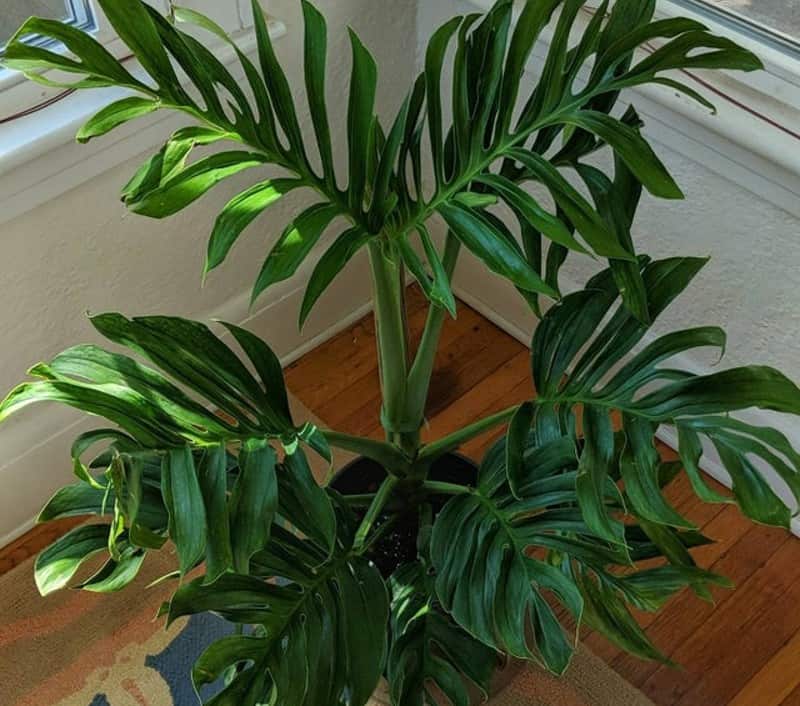
When growing your Monstera pinnatipartita, you can grow it in a pot with a totem for the trailing vine as growing in its natural environment.
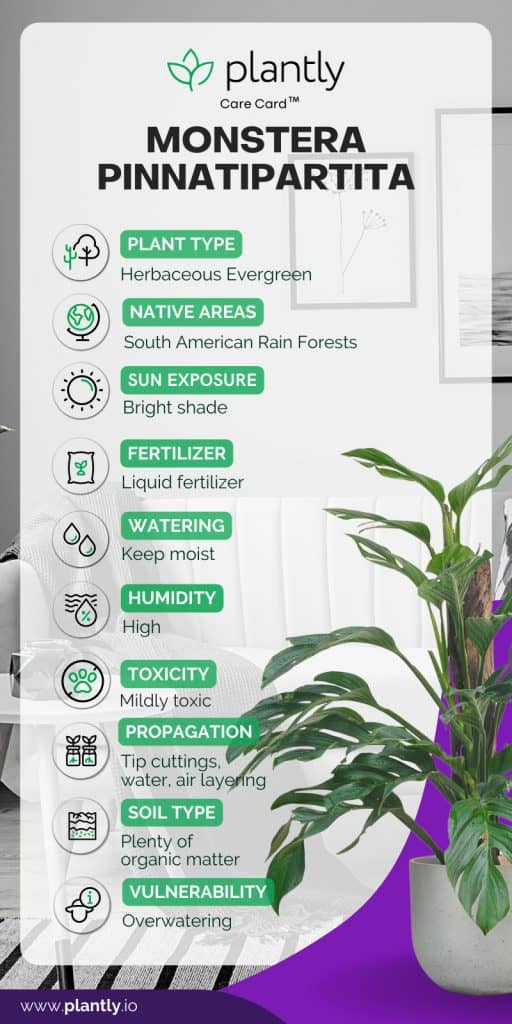
The Best Sandy Potting Soil
For optimal conditions for your pinnatipartita Monstera, it helps to create natural surroundings to grow. The truth is the seeds of the genus Monstera grow in the feces of animals.
It also grows without roots and lives above the ground creeping along support to get its nutrients. So when you prepare your soil, mix it with organic debris. It helps to provide it with a sphagnum moss pole.
The best potting medium is 50% animal organic manure with 50% sand and perlite. Also, the ground needs to retain moisture but still needs to be well-draining not to kill it.
Lighting Needs For The Aerial Roots
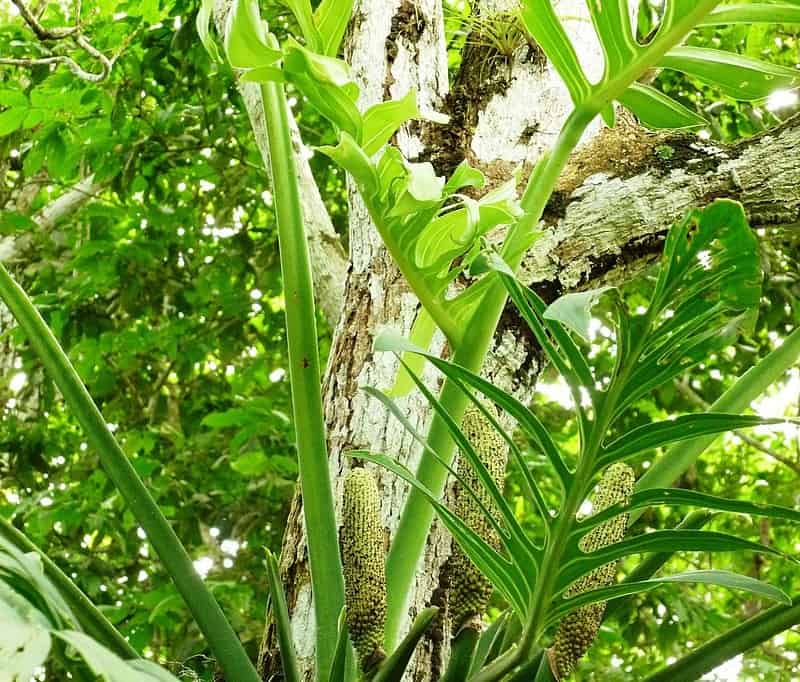
As for your plant, it is a climber and will vine to reach the light, so the best is to provide your outdoor plant with a bright shade. So, your Monstera pinnatipartita needs up to six hours of direct sun in the morning with afternoon shade.
It is best not to place your plant at a sunny window for growing indoors as it can burn the foliage. So be warned, you can grow them in low light but too little, the plant grows slower, and the leaves become darker.
Watering Needs To Keep The Soil Moist
To make sure your pinnatipartita Monstera grows well, provide them with moist soil. The best time for watering is when the ground is parched.
But it also depends on the humidity, temperatures, size of your plant, and the light it receives. So we recommend acclimatizing them by watering them once a week to get used to the watering routine.
Suppose you notice the leaves yellowing. It would be best to refrain from watering for a couple of weeks. Also, when watering well,l make sure the water drains from the pot and never leave it sitting in water.
Too much water can lead to root rot, killing your precious plant.
Temperature & Humidity

Your houseplant thrives in warm temperatures but can handle some chill to 50ºF (10°C) but not lower. Still, you can grow it at a moderate temperature between 65-80ºF (18-27ºC).
So, the best is to provide it with room temperatures similar to its environment. One thing your plant loves is high humidity and thrives at 60% and upwards levels.
So a fantastic hack is to create a grove for your varieties of Monsteras. Or you can grow them with some Pothos or Philodendron varieties.
Huddling your indoor plants together creates a warm environment for them to grow.
Feeding Monstera Pinnatipartita
Your pinnatipartita Monstera, when grown in rich organic manure soil, thrives but still needs some added feeding.
The ground acts as a slow-release fertilizer, and topping it with a 20-20-20/20-10-10 fertilizer helps increase the leaf size. Still, when winter arrives, you need to cut back on the feeding.
The best time for feeding is in the growing months.
Propagating Your Monstera
As with any exotic plant, you want to make sure you always have one available in the home, right? Of course, you do. The best way is with tip cuttings, water propagation, or air layering.
Tip Cuttings:
- Look for a stem tip from the mature plant to see the aerial roots.
- Cut the tip with two nodes using sterilized scissors.
- Remove the bottom leaves and prepare a pot with some sphagnum moss mixed with perlite. Wet the potting medium to make it moist but not wet.
- Stick the stem with one of the nodes under the ground and press it down.
- Place the container in a sunny spot but away from direct sunlight.
- Keep the ground moist, and it should take two weeks for it to establish.
- Move your cutting to regular potting soil after about eight weeks.
Propagate in Water

Follow steps one to three of the previous method and take a jar with a wide mouth to keep the cutting with the node underwater.
Please keep it in clean water and placed it in indirect sunlight without disturbing it. You will see new roots sprouting from the node after two weeks.
Next, you can plant it in a container when the roots reach two inches in length.
Air-layering
- Pick a node with an aerial root and leggy stem.
- Make a slit not deeper than 1/4 inch thick into the stem under the node.
- Punch small holes at the bottom of a plastic bag and place some moist moss at the bottom.
- Cut the top end of the bag to create flaps you can roll around the stem.
- With your palm, hold the moss against the node. Then, use your free hand to wrap the flaps around the stem.
- Secure the bag with twisty ties to the stem creating a cocoon around the node.
- Keep it moist by watering it through the holes you made.
- You will see roots growing into the moss within two weeks.
- Remove the bag but be careful not to break the roots and cut below it to remove it from the mother plant.
- Next, please place it in a pot until established with fresh soil.
USDA Growth Zone
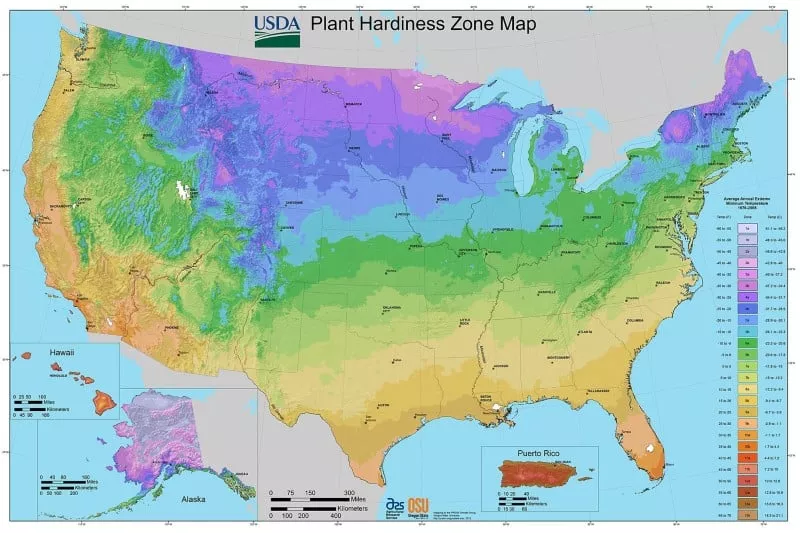
If you live in hardiness 10b to 12 zones, you can grow Monstera pinnatipartita outdoors all year round. Still, remember that this aroid is not a frost-hardy plant, and best to bring them inside if you live in these types of climates.
Potting Your Tropical Plant
The best for growing your Monstera is as a climber instead of a vine. Provide it with a big pot with a moss pole for growing. Another benefit is your houseplant need not be rootbound but does need a stable base as it is top-heavy.
The only time you need to prune your plant is to remove dead, diseased, or dry leaves. But if you want to control your plant size, you can trim some of the branches. The best time to do this is in spring, and you can wipe the leaves clean with a damp cloth.
Monstera Pinnatipartita Varieties
Monstera peru

The plant has light green variegation with bullate leaves with a thinner stem.
Monstera deliciosa
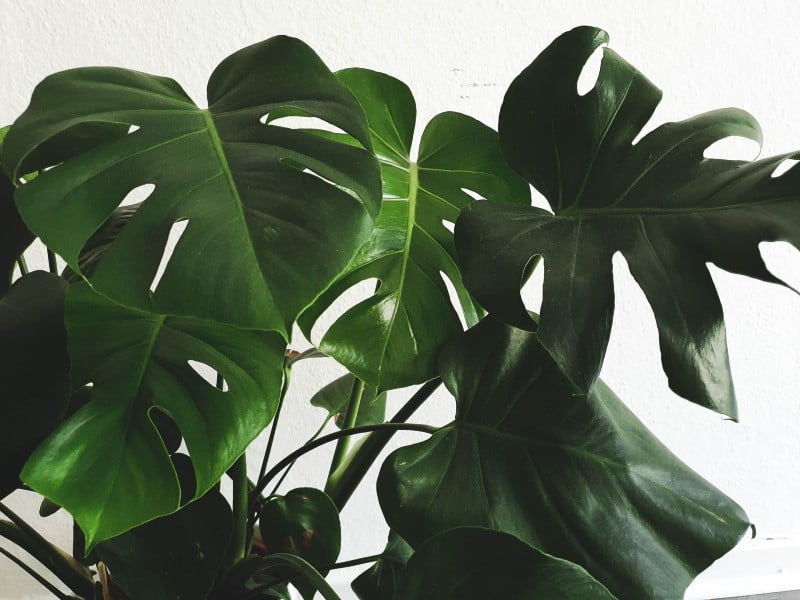
The Swiss cheese plant is a popular plant with heart-shaped leaves that are smooth and dark green.
Monstera Siltepecana
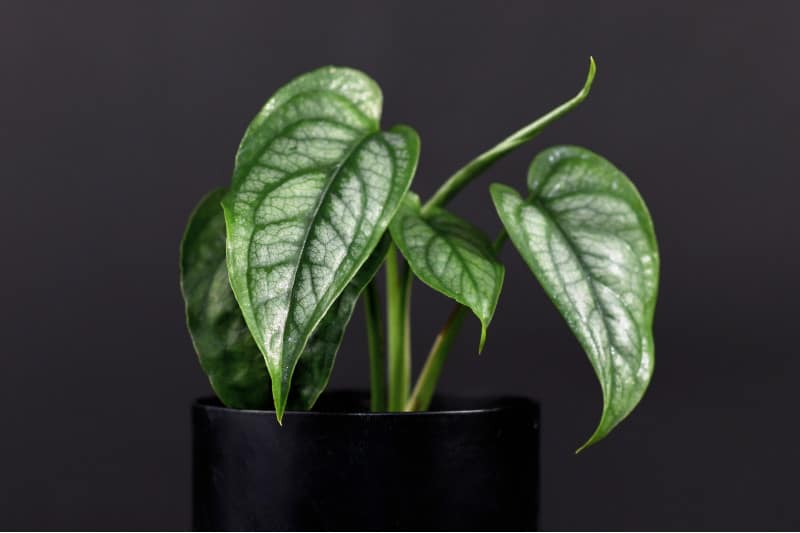
Another rare plant is the Monstera siltpecana which has a bluish tone with silver patches on the leaves.
Monstera Pinnatipartita Plant Diseases & Pests
Pinnatipartita Monstera has some common problems, but overwatering causes concern. Here are some things you need to keep an eye on:
- Yellow leaves – this happens when you overwater your plant, and best to check the soil. Refrain from watering for a while.
- Brown edges on the leaves – this is a result of underwatering or exposure to direct sunlight.
- New leaves do not split – this has to do with light, and if it gets colder, the growth slows down.
- Pest – common pests are mealybugs and spider mites. You can use neem oil or insecticidal soap once a month to control them.
Frequently Asked Questions
The indoor plant has leaves that remain average in size, but instead of growing wide, it grows tall. Still, it is a slow creeper.
The Monstera pinnatipartita is a rare plant that climbs, and you find them in South America and looks nearly the same as your Monstera deliciosa. Still, it has divided leaves, and as it matures, you see waxy flowers growing on the aerial roots.
While the deliciosa Monstera has longer tapered leaves with enclosed leaf holes that grow towards the edge and opens up when it matures.
The rare plant has oval yet elliptic foliage that is glossy and leathery. The leave is green with light green variegation bullate with sunken veins.
The Monstera pinnatipartita also goes by the name lobed Monstera or party monster.
The Monstera Obliqua is the rarest Monstera plant and is in high demand. Hence, only the most passionate gardeners will attempt to buy it as it is costly.
The Monstera deliciosa is one of the easiest plants to grow in the genus Monstera, with large foliage and striking fenestrations.
Whether you want to buy, sell or simply reach out to other plant enthusiasts, Plantly is the right place to be!
-
$65.99Sold By: Succulent Oasis
Only 1 left in stock
Succulent Plant Mangave Bloodspot
Rated 4.84 out of 5 based on 352 customer ratings02Sold By: Succulent Oasis -
Free Shipping$15.99Sold By: Gar-Zen Botanical Design
In stock (can be backordered)
Rare Tradescantia Bunny Bellies Ship Free.
Only 8 available and it’s in 1 people’s basketRated 4.86 out of 5 based on 49 customer ratings00Sold By: Gar-Zen Botanical Design -
$4.50Sold By: Cacti and Exotica
In stock
Echeveria—Perle von Nurnberg
Rated 4.98 out of 5 based on 59 customer ratings00Sold By: Cacti and Exotica -
$9.99Sold By: Succulent Oasis
In stock
Medium Succulent Plant – Echeveria Sleepy Rich Green Rosette
Rated 4.84 out of 5 based on 352 customer ratings02Sold By: Succulent Oasis
